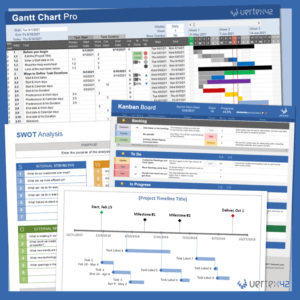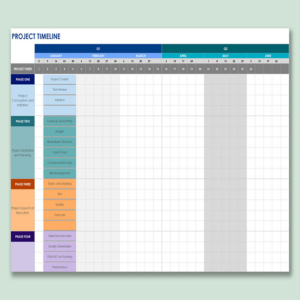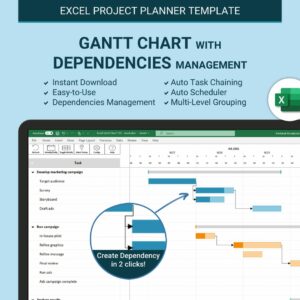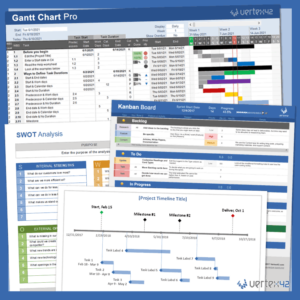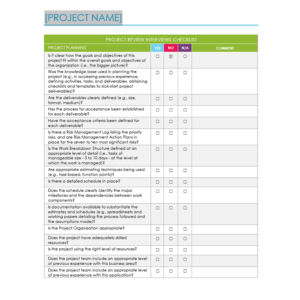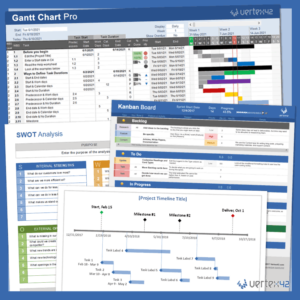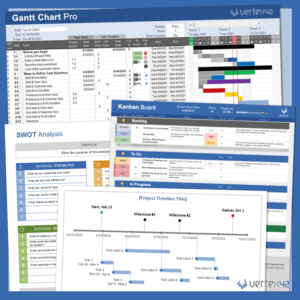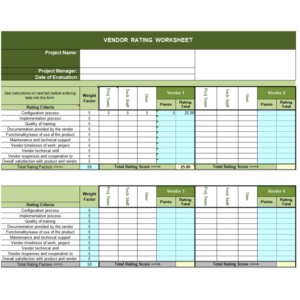The implementation of such a framework offers several advantages. It promotes better communication among team members by providing a shared understanding of project scope and responsibilities. It allows for more accurate time and resource estimation, reducing the risk of budget overruns and schedule delays. Furthermore, it simplifies progress monitoring and issue identification, enabling proactive intervention to keep the project on track.
project
Project Team Task List Template
The employment of such a structured format fosters improved team communication and collaboration. Progress monitoring becomes significantly easier, allowing for proactive identification and resolution of potential roadblocks. Moreover, it contributes to better time management and resource allocation, ultimately increasing the likelihood of project success and on-time delivery.
Project Task To Do List Template
The adoption of such a structure promotes enhanced productivity and accountability within a team. It provides a clear overview of progress, allowing for the early identification of potential bottlenecks or delays. Effective deployment can also improve communication and collaboration among team members, as everyone understands their roles and responsibilities.
Project Task List Template Pivot
Employing this dynamic approach to project planning allows for proactive responses to potential roadblocks, minimizing delays and cost overruns. It promotes efficient resource allocation by redirecting efforts to the most critical tasks and facilitates clear communication between stakeholders regarding revised schedules or deliverable expectations. Ultimately, this ensures the project remains relevant, feasible, and aligned with the overarching strategic objectives.
Project Task List Template Dependencies
Leveraging such a framework facilitates proactive risk management. By identifying critical task sequences and their potential bottlenecks, project managers can anticipate and mitigate potential disruptions. Improved communication among team members is another key benefit, as the visual representation of task relationships fosters a shared understanding of project dependencies and individual responsibilities, contributing to enhanced collaboration and accountability.
Project Manager Needs List Template
Employing such a document offers numerous advantages. It streamlines communication, reduces the risk of oversight, and promotes accountability. By visualizing the project’s scope and progress, it facilitates informed decision-making and allows for proactive identification and mitigation of potential roadblocks. Furthermore, it standardizes project management practices, making them repeatable and scalable across different initiatives.
Project Management Check List Template
Employing such a tool offers several advantages. It enhances organization, reduces the probability of neglecting crucial tasks, and contributes to improved communication among project team members. By offering a standardized framework, it aids in identifying potential issues early in the process, thereby mitigating risks and optimizing resource allocation. Furthermore, it provides a tangible record of progress, supporting accountability and enabling effective project evaluation upon conclusion.
Project Management Activities List Template
The implementation of a pre-defined task structure brings several advantages to project teams. It promotes consistency, reduces the risk of overlooked responsibilities, and streamlines communication. Furthermore, it provides a standardized method for tracking progress and identifying potential roadblocks, ultimately contributing to improved project outcomes and stakeholder satisfaction.
Project Management Action List Template
Employing this structured approach offers numerous advantages. It facilitates improved organization, enabling stakeholders to readily identify outstanding tasks and potential bottlenecks. Enhanced communication and collaboration result from the transparent nature of assigned responsibilities and deadlines. Consequently, projects are more likely to remain on schedule and within budget.
Product Project Vendor List Template
Employing such a framework fosters informed decision-making by providing a comparative overview of available resources. It promotes efficiency by centralizing data, thereby reducing the time and effort required to locate and evaluate potential partners. Standardized information also facilitates internal alignment and minimizes the risk of overlooking crucial criteria during the selection phase.
